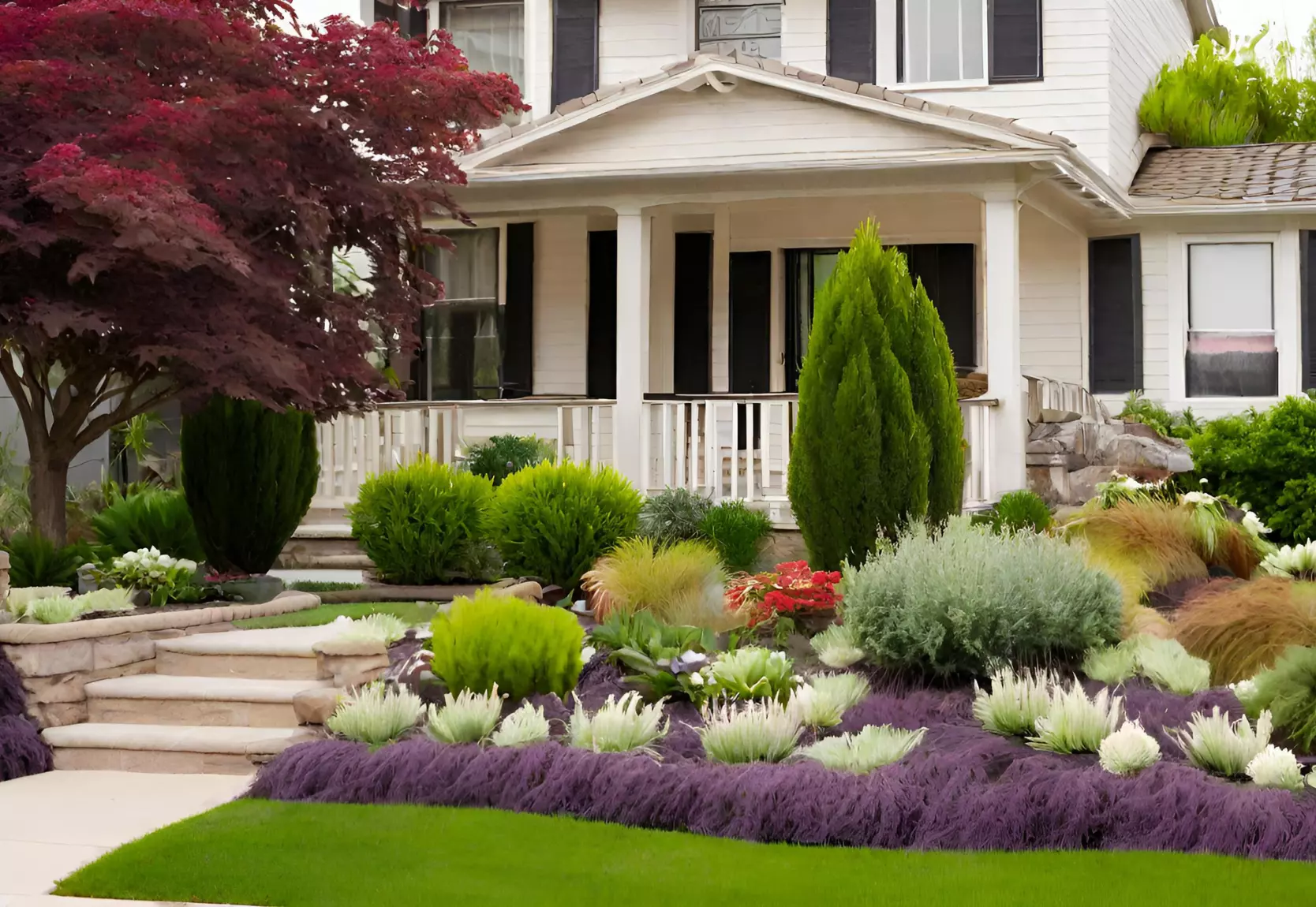The Psychology of Landscaping: How the Natural Environment Influences Your Emotions

The surroundings we live in has a significant impact on our feelings and overall health. Landscaping is not just about enhancing a location; it plays a vital role in how we feel when we engage with our environment. Including serene gardens to vibrant flower beds, thoughtfully designed outdoor spaces can enhance our mood, lower stress, and create a feeling of tranquility. The study of landscaping explores the complex relationship between nature and human feelings, shedding light on the reasons investing in professional landscaping can be one of the most rewarding decisions for your outdoor area and mental health.
In this discussion, we will explore into the various aspects of landscaping, we will discuss the advantages of hiring a professional service, how proper landscaping can increase the value of your property or commercial space, and the most common mistakes to avoid when planning your outdoor space. Whether you are a DIY enthusiast or considering enlisting expert help, understanding the fundamentals of landscaping will empower you to create a space that not only is aesthetically pleasing but also enhances your mood and way of living.
The Value of Professional Landscaping
Putting money in expert landscaping can greatly improve the aesthetic charm and practicality of all property. A well-designed landscape not only improves the curb attractiveness of homes and businesses but also creates welcoming outdoor spaces that increase usability and enjoyment. Skilled landscapers possess the expertise, tools, and creativity needed to transform ordinary yards into remarkable environments, catering to the specific needs and preferences of property owners.
Additionally, hiring a landscaping service can provide sustained financial benefits. Properties that showcase well-maintained gardens and carefully planned outdoor areas tend to have increased market values. Statistics indicate that quality landscaping can yield a return on investment of as much as 150 percent when selling a home. This investment can be especially advantageous in competitive real estate markets, where first impressions play a vital role in buyer interest.
Furthermore, skilled landscaping services can assure that your outdoor areas are crafted with sustainability and proper maintenance in mind. Experts can recommend the best plants, materials, and layouts that not only thrive in your local climate but also align with eco-friendly practices. This approach not only enhances the beauty of your surroundings but also contributes to the overall health of the environment, making it a smart choice for today’s eco-conscious property owners.
Essential Lawn Care Practices
To attain a vibrant lawn, regular mowing is vital. Keeping the grass at the proper height not only boosts its look but also supports strong growth. It is ideal to mow often enough that no greater than one-third of the grass blade is cut at a time. Top-rated landscape design and maintenance services encourages deeper root systems and makes the lawn more able to withstand dry conditions. Additionally, well-maintained mower blades avoid tearing, which can lead to fungal issues.
Applying fertilizer is another critical factor in ensuring a vibrant lawn. Understanding the nutrient demands of your grass type is key for best growth. A soil test can give a starting point for nutrient levels, allowing for customized fertilizer applications. Timing is also vital; applying fertilizer during the development season, when the grass can benefit from the nutrients, leads to a healthier and more vibrant lawn. Be sure to follow recommended rates to prevent over-fertilization, which can harm the lawn and the environment.
Appropriate watering methods cannot be overlooked in lawn care. A thoroughly watering schedule, typically 1 or 2 a week, encourages strong root formation. Early morning is the most suitable time for watering, as it lessens evaporation and fungal diseases. It's crucial to monitor rainfall and adjust your watering in response. Implementing techniques such as drip watering or soaker systems can further enhance water efficiency, ensuring your lawn is kept healthy while saving resources.
Green Garden Design Strategies
In today's world, implementing sustainable landscaping strategies is important for both reasons. One effective approach is implementing xeriscaping, that focuses on reducing the need for irrigation by choosing drought-resistant plants. By opting for native plants that are suitable to the local climate, homeowners can significantly reduce water consumption and maintenance efforts. Such plants not only thrive with minimal resources but also support local ecosystems by providing habitats for native wildlife and pollinators.
Another key strategy is to create a compost system that makes use of kitchen scraps and yard waste. Composting enriches the soil with organic material, which enhances its structure and nutrient content. This practice lessens the need for chemical fertilizers and promotes a healthier lawn and garden. Additionally, incorporating rain gardens or bioswales can help manage stormwater efficiently. These features allow excess rainwater to infiltrate the ground, reducing runoff and preventing soil erosion while providing a natural habitat for beneficial organisms.
Finally, consider incorporating hardscaping elements made from recycled materials, such as patios, walkways, or retaining walls. Using reclaimed wood or recycled stone not only minimizes environmental impact but also adds unique character to your landscape. Merging these sustainable practices creates a balanced outdoor space that is both visually appealing but also contributes positively to the environment, ensuring a healthier planet for coming generations.

